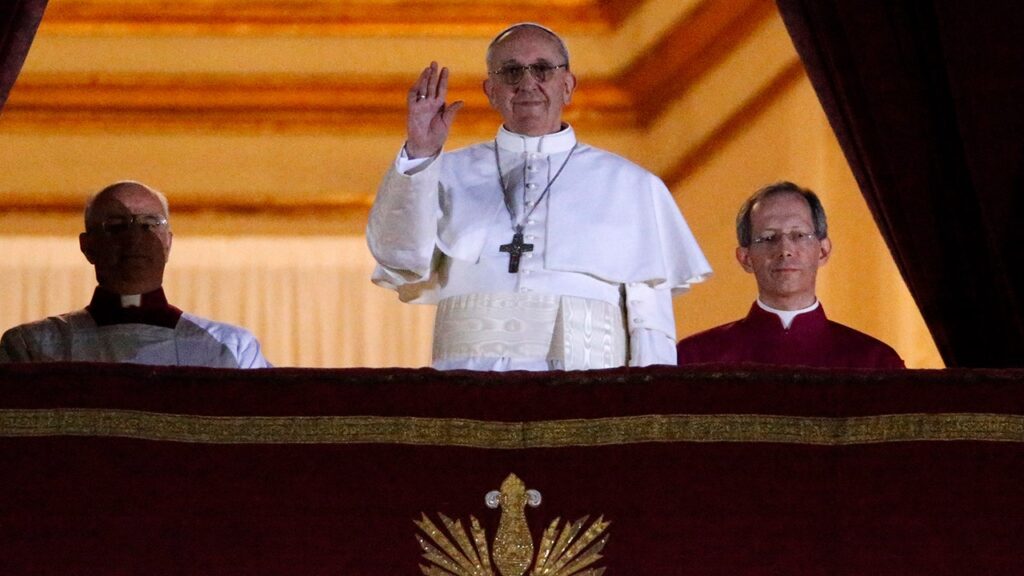NEWYou can now listen to articles from Fox News!
Pope Francis was elected pope on March 13, 2013, at the age of 76. He died on Monday, April 21, at 88.
He was born Jorge Bergoglio in Argentina and joined the Society of Jesus at 21. Just before turning 33, he was ordained as a priest and became an auxiliary bishop in Buenos Aires in 1992.
In 1998, he became the Archbishop of Buenos Aires, continuing in that role until he became pope in 2013. Pope John Paul II elevated him to the College of Cardinals in 2001, and he later canonized the former pope.
PHOTO GALLERY: POPE FRANCIS OVER THE YEARS
Here are five ways the pope made his mark on the Catholic Church.
1. Groundbreaking Achievements
Pope Francis was the first Jesuit to be elected as pope. Jesuits are members of the Society of Jesus, a religious order established by St. Ignatius Loyola.
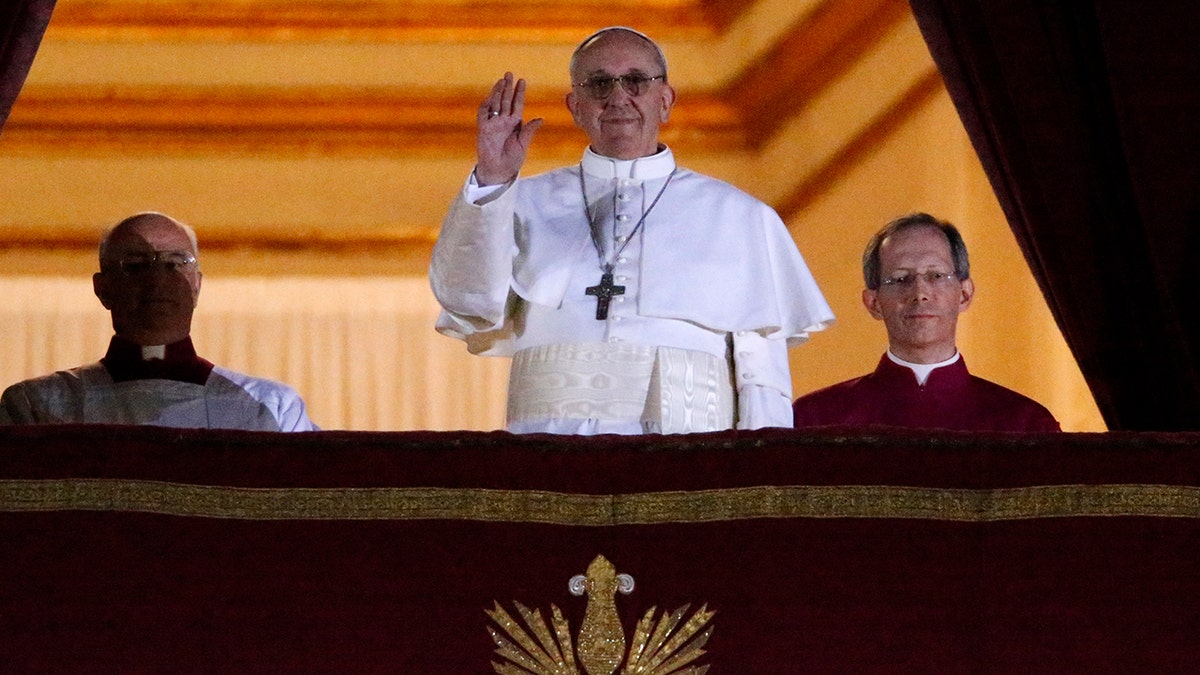
The world’s first glimpse of Pope Francis shortly after his papal election on March 13, 2013. (Tony Gentile/Reuters)
His election also represented numerous other firsts: he was the inaugural pope from the Americas and the Southern Hemisphere, and he was the first to take the name “Francis.”
“For many Jesuits, having a Jesuit pope symbolized the opportunity to demonstrate what Jesuits truly embody, beyond the common stereotypes,” said Fr. David Paternostro, S.J., a Jesuit priest from Missouri, to Fox News Digital.
“Francis embodies someone who has felt a close connection with Jesus despite his flaws and wishes others to feel the same.”
Paternostro noted that “from his very first interview, when he introduced himself as ‘a sinner,’ he illustrated a key component of Jesuit spirituality: an awareness of being loved by God despite one’s imperfections and being invited into a friendship with Jesus.”
WHAT IS THE PAPAL ENCLAVE? INSIDE THE ANCIENT PROCESS OF CHOOSING THE NEXT POPE
Pope Francis, according to Paternostro, “demonstrated what Jesuits can aspire to: true evangelism, sincerity as a son of Ignatius, and (as he often describes himself) as a true son of the Church.”
“He yearned to share the closeness of Jesus, despite his own shortcomings,” Paternostro added.
2. Canonization of New Saints
During his 12 years as pope, Francis canonized nearly 1,000 individuals, which includes the group known as the “Martyrs of Otranto,” consisting of 813 people who were killed on August 14, 1480, in Otranto, Italy.
Among those canonized were St. Junipero Serra, a Spanish priest who founded nine missions in present-day California.
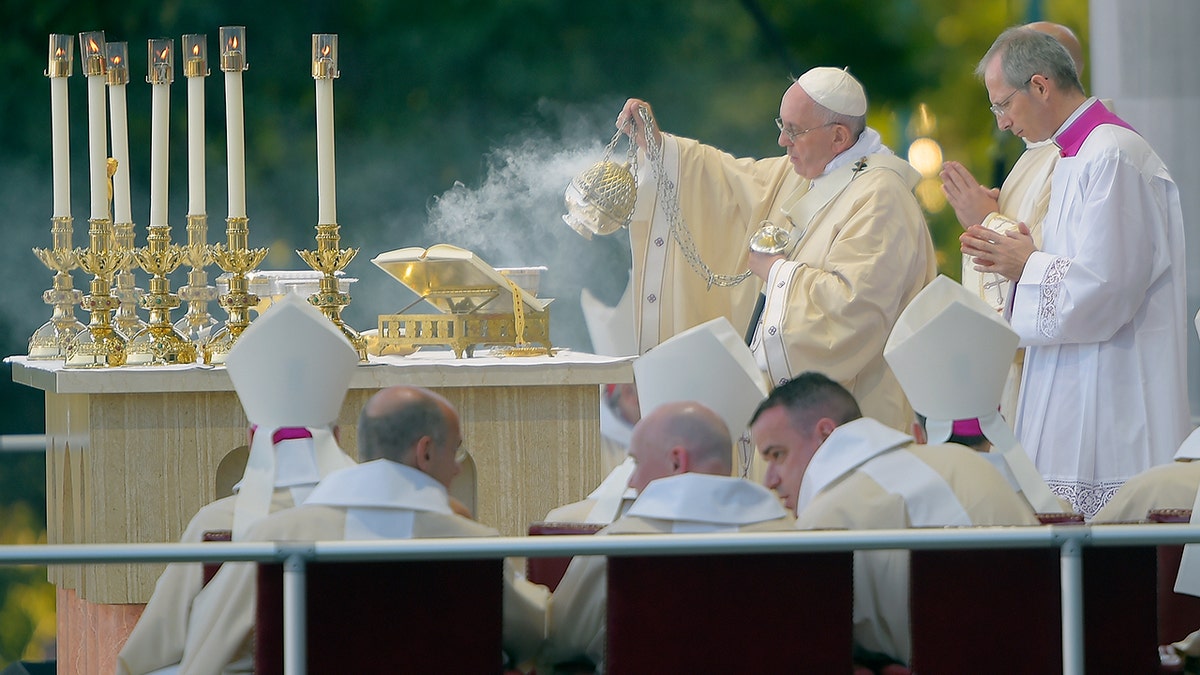
Pope Francis incenses the altar during the Mass of Canonization for Junipero Serra on Sept. 23, 2015, at the Basilica of the National Shrine of the Immaculate Conception in Washington, D.C. This marked the first canonization ceremony held on U.S. soil. (John McDonnell/The Washington Post via Getty Images)
His canonization of Serra on September 23, 2015, was the first ever conducted in the United States, as reported by Fox News Digital.
Pope Francis also canonized notable figures such as Pope John Paul II, Mother Teresa, Pope Paul VI, and Pope John XXIII.
3. Modernizing Death Penalty Teachings
On August 2, 2018, Pope Francis updated the Catechism of the Catholic Church regarding the death penalty.
MOTHER TERESA’S LAST MESSAGE, WRITTEN ON THE DAY SHE PASSED, REVEALS HER DEEP FAITH IN CHRIST
“Pope Francis has upheld the tradition of earlier popes, including St. John Paul II, by intensifying the Catholic Church’s stance against the modern use of the death penalty,” explained Charles Camosy, a bioethics professor at Creighton University School of Medicine, to Fox News Digital.
However, Francis did not label the practice as intrinsically evil, a term commonly found in Catholic moral teachings, Camosy noted.

Pope Francis referred to the death penalty as “inadmissible.” (AP)
Instead, he termed it “inadmissible” and stated it undermines human dignity.
“It’s fair to say that the Holy Father used some of the strongest language possible against the death penalty, without entirely ruling it out for all circumstances,” Camosy remarked.
4. Leadership During the COVID Pandemic
Italy was one of the nations severely affected by the COVID-19 pandemic, with thousands of deaths. The country went into lockdown on March 9, being the first to do so.
About two weeks later, on March 27, 2020, Pope Francis delivered an impactful “Urbi et Orbi” (“to the city and the world”) blessing from St. Peter’s Square, which was broadcast globally.

Pope Francis offered an “Urbi Et Orbi” (to the City of Rome and to the World) blessing in a nearly empty St. Peter’s Square on March 27, 2020. (Franco Origlia/Getty Images)
Dawn Eden Goldstein, a theologian and canon lawyer based in Washington, D.C., found this moment particularly meaningful.
CLICK HERE TO SIGN UP FOR OUR LIFESTYLE NEWSLETTER
“I’ve never felt prouder to be a Catholic than when Pope Francis extended his extraordinary blessing to the world from a nearly deserted St. Peter’s Square amid the COVID-19 pandemic, with much of the world under lockdown,” she said.
She remarked, “His message was powerful: treating the crisis as a chance for personal growth and fostering unity while assuring us of Jesus’ presence.”
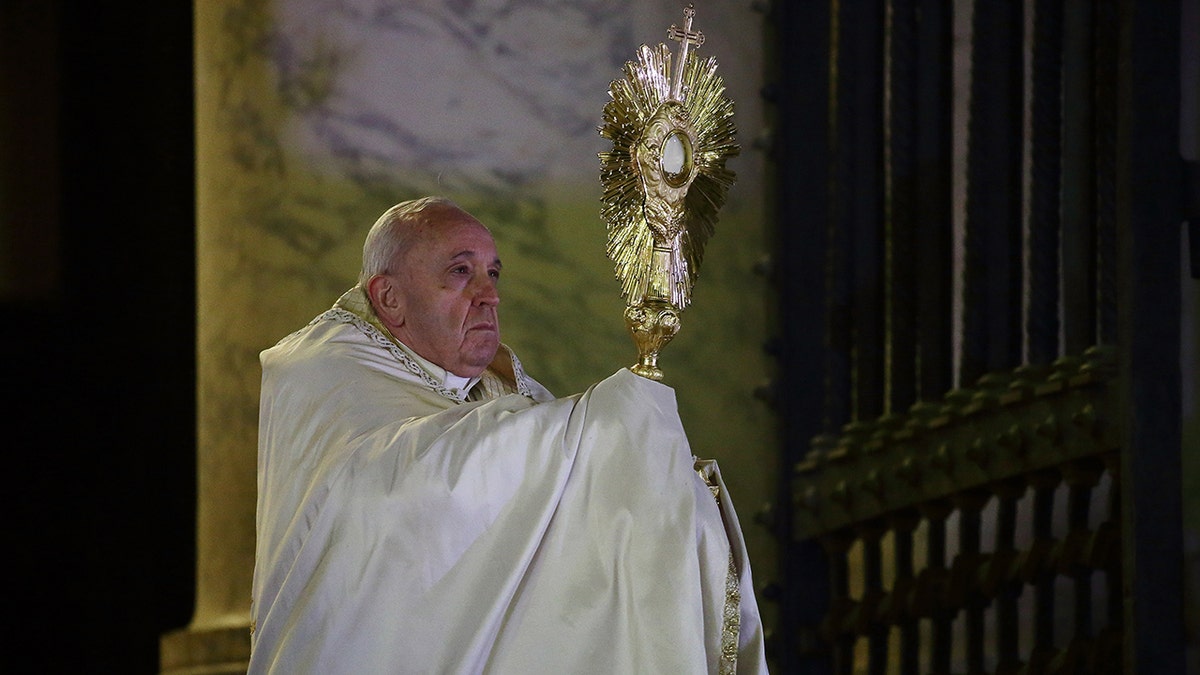
Pope Francis blessed the world with the Eucharist and urged people to keep their faith. (Grzegorz Galazka/Archivio Grzegorz Galazka/Mondadori Portfolio via Getty Images)
Afterward, Pope Francis raised the Eucharist, which was in a special container called a monstrance, and took it out of St. Peter’s Basilica. He blessed the world despite visibly limping.
“He provided us all with a moment of deep connection with the Lord when we needed it the most,” Goldstein noted.
5. Broadening the Church’s Reach
The term “Catholic” means “universal,” and Pope Francis exemplified this throughout his papacy. He visited places no other pope had previously visited and appointed cardinals from unexpected regions.
Francis was the first pope to travel to Iraq, Mongolia, Myanmar, and the United Arab Emirates during his tenure.
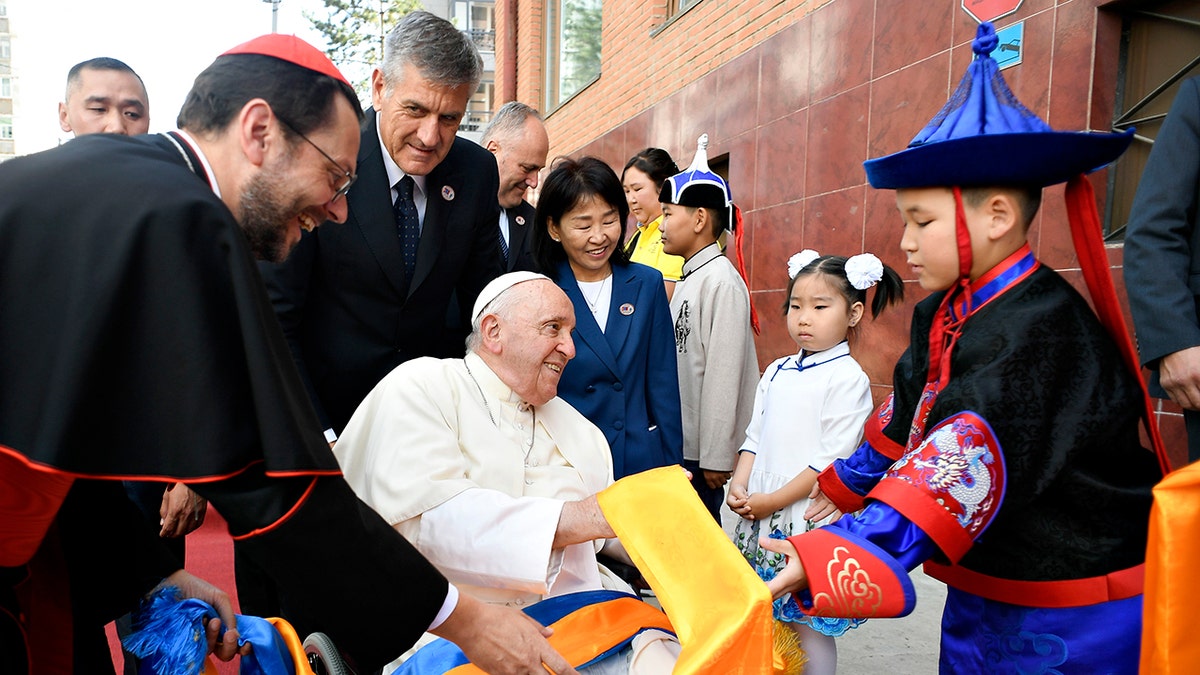
Pope Francis made history as the first pope to visit Mongolia. (Vatican Media via Vatican Pool/Getty Images)
In 2015, he became the first pope to enter an active war zone, visiting the Central African Republic.
For more articles on Lifestyle, visit www.foxnews.com/lifestyle
Throughout his papacy, Pope Francis appointed 163 new cardinals from 75 different nations.
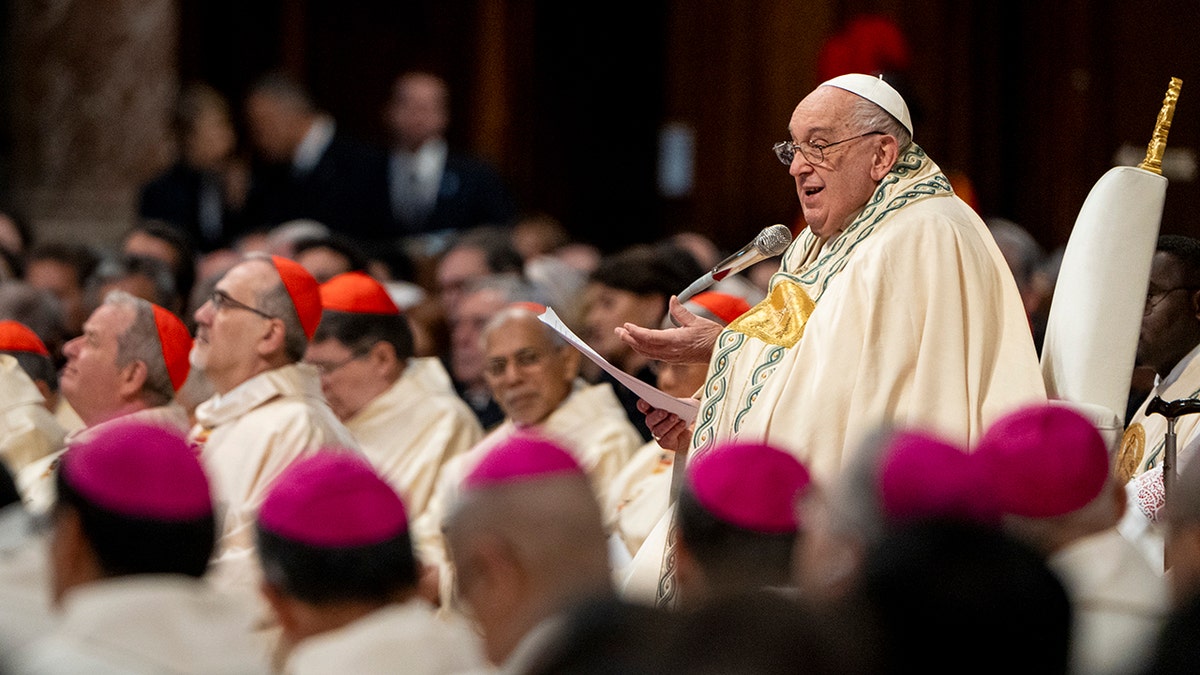
Pope Francis added 163 new cardinals during his papacy. (Stefano Costantino/SOPA Images/LightRocket via Getty Images)
A third of these countries had never before been represented in the College of Cardinals.
Francis appointed the first cardinals from countries including Bangladesh, Brunei, the Central African Republic, Cape Verde, El Salvador, Haiti, Laos, Lesotho, Luxembourg, Malaysia, Mali, Mongolia, Morocco, Myanmar, Panama, Papua New Guinea, Paraguay, Rwanda, Serbia, Singapore, South Sudan, St. Lucia, Sweden, Timor-Leste, and Tonga, as listed on the Vatican’s website.

